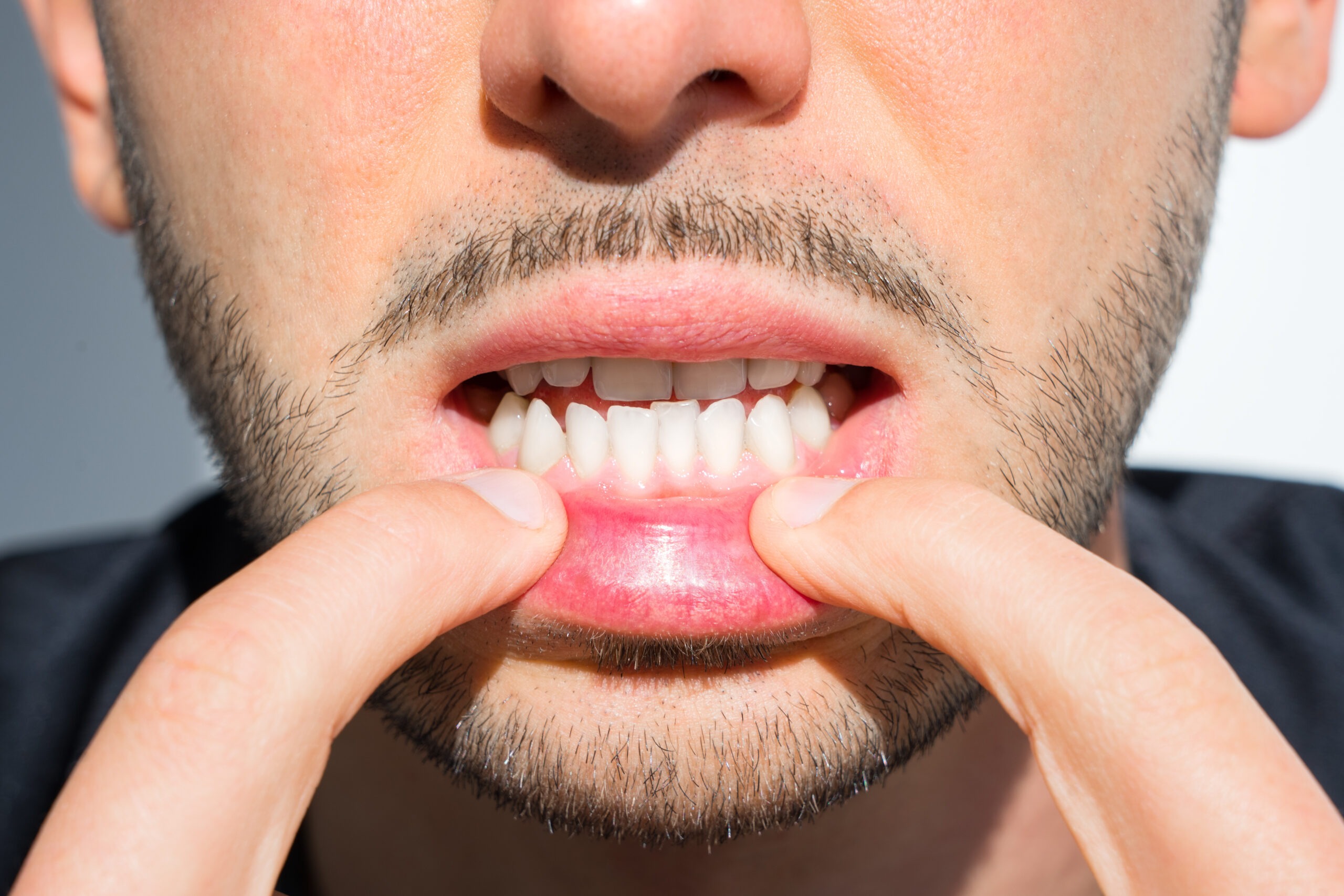When most people think of braces, they imagine teenagers with crooked teeth and metal brackets. But what if we told you that not all orthodontic issues are so easy to spot? Many people—kids, teens, and adults alike—live with subtle signs that their teeth or jaw aren’t quite aligned. These signs might not seem like a big deal at first, but over time, they can affect everything from your smile’s appearance to your overall dental health.
At Bigman Orthodontics in San Ramon, we believe in educating our patients about the full picture of orthodontic care. So if you’ve ever wondered whether braces might be right for you or your child, here are some surprising signs that might indicate it’s time to schedule a consultation.
1. Frequent Headaches or Jaw Pain
You might not immediately connect headaches with your teeth, but jaw misalignment is a common cause of tension headaches and TMJ (temporomandibular joint) pain. If your bite is off—even slightly—your jaw muscles have to work overtime to compensate. This added strain can lead to chronic pain, especially when chewing or talking.
Orthodontic treatment can help realign your bite, reducing pressure on your jaw and easing pain that you might have assumed was unrelated to your teeth.
2. Difficulty Chewing or Biting into Food
If eating certain foods feels awkward or uncomfortable, it could be a sign your teeth aren’t coming together properly. Some people avoid biting into apples or sandwiches without realizing their bite is misaligned. Over time, uneven chewing can wear down your teeth or cause digestive issues from improper chewing.
Braces or clear aligners can correct these bite issues, helping you enjoy meals without discomfort or worry.
3. Mouth Breathing
Do you or your child breathe mostly through your mouth, especially at night? While it can be caused by nasal issues, mouth breathing is often linked to jaw structure and bite problems. Over time, mouth breathing can impact facial development in children and increase the risk of dry mouth, tooth decay, and bad breath.
Orthodontic treatment, especially when started early, can help improve jaw alignment and promote better breathing patterns.
4. Speech Difficulties or Lisping
Struggling to pronounce certain sounds? A misaligned bite or spacing issues between teeth may be interfering with your speech. Children and adults alike might experience lisps or slurred sounds due to the way the tongue interacts with the teeth.
By aligning the teeth and jaw properly, orthodontics can help improve clarity and confidence in speech.
5. Worn, Chipped, or Flattened Teeth
Are your teeth wearing down unevenly or showing signs of chipping—even though you don’t grind them? That wear might be the result of a bad bite. When teeth don’t meet correctly, it can lead to premature enamel wear, making your smile more vulnerable to damage and sensitivity.
Braces can help protect your smile by distributing bite pressure evenly across all teeth.
6. Crowded or Spaced Teeth (Even Slightly)
You don’t have to have severely crooked teeth to benefit from orthodontic care. Even mild crowding or gaps between teeth can cause issues like plaque buildup, difficulty flossing, and increased risk of cavities. And sometimes, these spacing issues aren’t even visible until your dentist takes X-rays.
Orthodontic treatment can close gaps, create space for cleaning, and prevent future dental problems.
7. Grinding or Clenching Your Teeth (Bruxism)
Bruxism is often a subconscious habit, especially during sleep. Many people don’t realize they grind or clench until their dentist notices signs of wear on their teeth. Misalignment can contribute to bruxism, leading to cracked teeth, headaches, and jaw pain.
Braces can help by aligning the bite properly and reducing the stress on specific teeth.
8. Biting Your Cheeks or Tongue Frequently
Do you find yourself biting the inside of your cheek or your tongue while eating or talking? This may be a sign that your teeth don’t align the way they should. When teeth are out of place, they can interfere with your natural jaw motion, leading to accidental bites and discomfort.
Correcting the alignment can help prevent this annoying—and sometimes painful—habit.
9. You Had Braces Before, but Your Teeth Have Shifted
Orthodontic relapse is more common than many people realize. If you wore braces as a child or teen but stopped wearing your retainer, your teeth may have shifted out of place again over the years. This shift may be minor but still enough to cause bite problems or cosmetic concerns.
The good news is that modern orthodontics offers discreet options like clear aligners that can help you restore your smile without a full repeat of your teenage braces experience.
10. Your Dentist Recommends It
Sometimes, the best sign that you might need braces is a recommendation from your general dentist. Dentists often notice issues with bite alignment, tooth spacing, or jaw development that you may not see in the mirror. If your dentist suggests an orthodontic consultation, don’t wait—it’s better to address issues early before they become bigger problems.
It’s Never Too Early—or Too Late—for a Healthy Smile
Many of these signs are easy to overlook because they don’t always involve obvious crooked teeth. But orthodontic problems can be subtle and progressive, meaning they often get worse over time. That’s why it’s so important to catch them early.
At Bigman Orthodontics, we’re here to help you (or your child) uncover the hidden signs of orthodontic trouble and guide you toward a healthier, more confident smile. Whether you’re an adult considering clear aligners or a parent wondering if it’s time for your child’s first checkup, we’re ready to provide the care you need in a warm, supportive environment.
If any of these surprising signs sound familiar, it might be time to consult a San Ramon orthodontist you can trust. Reach out to Bigman Orthodontics today to schedule your complimentary consultation—we’ll help you smile with confidence from the inside out.
 Free Consult
Free Consult
